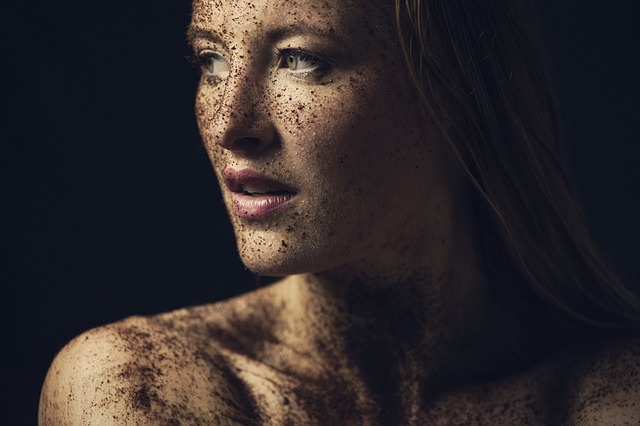Wart freezing treatment uses liquid nitrogen to freeze and destroy viral warts caused by HPV. This non-invasive procedure is safe and effective for children and adults, offering quick relief with minimal discomfort. Multiple sessions may be needed, but proper aftercare ensures optimal healing. It's a popular, accessible option with a high success rate and minimal side effects.
Wart freezing, or cryotherapy, is a popular and effective method to eliminate warts. This article explores the best approaches for treating both children and adults, ensuring safe and successful outcomes. From understanding the freezing process to choosing the right solution and considering professional vs. at-home treatments, we cover all aspects of wart freezing. Learn about aftercare practices to enhance effectiveness and achieve clear, smooth skin.
- Understanding Wart Freezing Treatment
- Is Wart Freezing Safe for Children?
- Adult Wart Freezing: What to Expect
- Choosing the Right Freezing Solution
- Professional vs At-Home Freezing Treatments
- Aftercare and Follow-Up for Effective Results
Understanding Wart Freezing Treatment
Wart freezing treatment, also known as cryotherapy, is a simple and effective method to eliminate warts. It involves the use of liquid nitrogen to freeze and destroy targeted skin cells. This non-invasive procedure is commonly used for both children and adults with minimal side effects. The process typically takes only a few minutes, making it a quick option for those seeking relief from warts.
Freezing treatments are usually recommended when over-the-counter medications have not been effective or when the wart size and location make other treatments less convenient. It is important to understand that this method may cause temporary redness, swelling, or discomfort after the procedure, but these symptoms usually subside within a few days. During treatment, a healthcare professional will apply liquid nitrogen to the wart using a small cannula or spray device, aiming to damage and kill the infected skin cells while preserving surrounding healthy tissue.
Is Wart Freezing Safe for Children?
Wart freezing, or cryotherapy, is a common and effective method for treating warts, including those found in children. While it might seem intimidating, especially for younger patients, this treatment is generally considered safe and well-tolerated by both kids and adults. The procedure involves applying liquid nitrogen to the affected area, which freezes and destroys the wart tissue. This approach is particularly successful for viral warts caused by HPV (Human Papillomavirus).
For children, a trained healthcare professional will ensure the process is as comfortable as possible, often using numbing creams or other techniques to minimize pain. It’s crucial to follow proper aftercare instructions provided by the doctor, including keeping the treated area clean and dry, to prevent infections and achieve the best results. Many people notice significant improvements after just a few treatments, making wart freezing an accessible and efficient option for those seeking relief from stubborn warts.
Adult Wart Freezing: What to Expect
When considering wart freezing treatment, both adults and children should be aware of what to expect during the procedure. For adults, the process typically involves a healthcare professional applying liquid nitrogen to the affected area. This cryogenic solution freezes and destroys the wart tissue, stimulating the immune system to recognize and fight off the viral infection.
After the initial freezing, the dead skin cells will shed over time, usually within a week or two. It’s common for multiple treatments to be required, as warts can be stubborn and resistant to single-session removal. During each session, the healthcare provider may scrape away any remaining dead tissue before applying liquid nitrogen again. The process is generally quick, often taking just a few minutes, and while it may cause temporary discomfort or soreness, it’s considered a relatively painless procedure when performed by a qualified professional.
Choosing the Right Freezing Solution
Professional vs At-Home Freezing Treatments
Aftercare and Follow-Up for Effective Results
After a successful wart freezing treatment, proper aftercare and regular follow-ups are essential for achieving the best results. It’s crucial to maintain the treated area clean and dry, avoiding any direct sun exposure as it can cause further irritation. A gentle cleanser and cool compresses can help soothe the skin while promoting healing.
During follow-up visits, a healthcare provider may recommend additional treatments or simply observe the treated wart for any signs of improvement or reoccurrence. It’s important to adhere to their instructions and report any unusual symptoms or persistent warts, as this may indicate a need for alternative treatment approaches or further evaluation.
Wart freezing treatment, or cryotherapy, offers effective relief for both children and adults suffering from warts. By understanding the various aspects of this procedure, including safety considerations, expected outcomes, and aftercare, individuals can make informed decisions. Whether opting for professional treatments or at-home solutions, choosing the right freezing solution is key to achieving optimal results. With proper follow-up and care, wart freezing can significantly reduce or eliminate warts, providing a convenient and non-invasive approach to skincare.
